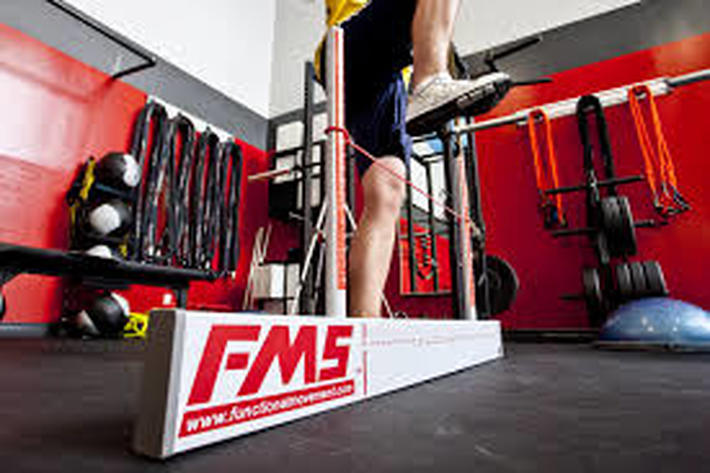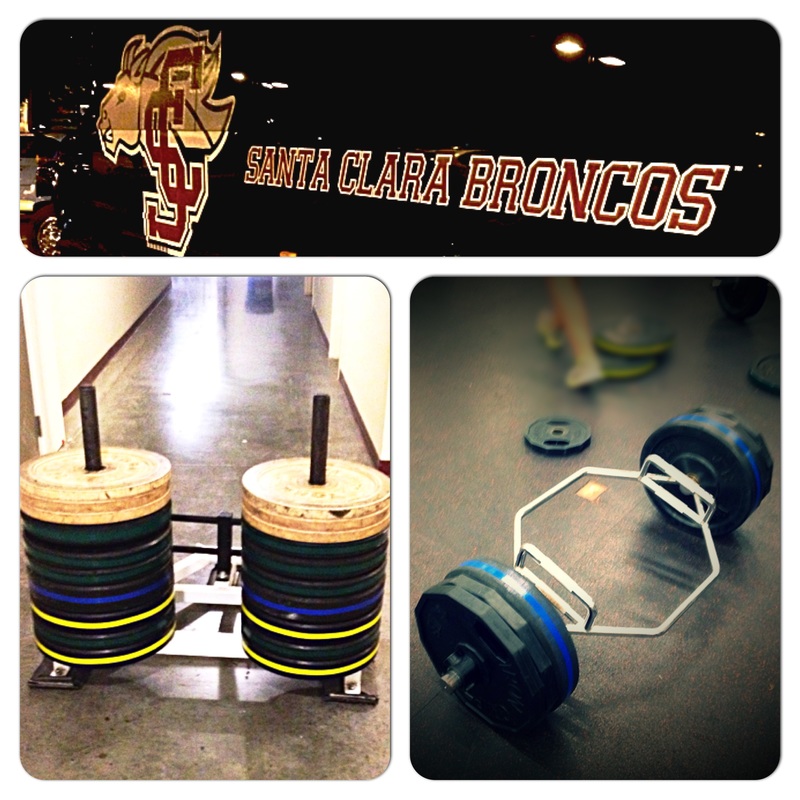1) Use the 10% Rule Avoid increasing your training load by more than 10% weekly. Drastic increases are commonly associated with injury. Training load is calculated by multiplying time by intensity. For example, on a scale of 1-10, with 10 being the hardest, my 30 minute workout was a 7. The training load would then equal 30 x 7 = 210. 2) Create a Warm-up Specific to Your Weak-Links Every individual is different. Find a professional and have them take you through an assessment. I recommend an FMS practitioner. They will look at your movement, identity your weak-links, and give you correctives to help keep you healthy. What I have found with the FMS over the past 5 years is the following: Men tend to have mobility restrictions at the ankle, hip, and t-spine. Women tend to have great flexibility, but they tend to lack stability. To find a FMS practitioner near you follow this link: http://functionalmovement.com/experts 3) Strength Train Rowers’ mean force per stroke during a race was found to be 123 pounds in one study(1). If an athlete doesn’t know how to pick-up a weight on land how are they going to safely take 200 reps on the water? Rowers also develop muscular imbalances that can lead to both short and long-term injuries. Both sweep rowers and scullers develop imbalances as a natural part of participating in a sport that entirely neglects/disproportionately loads certain muscle groups. It is critical to strength train in order to develop muscles not used in the rowing stroke and to maintain a muscular balance. If you don’t know how to properly lift, find a qualified coach near you. I hope this information helps! Please let me know if you have any questions. References: 1) Bompa, T. & Buzzichelli, C. (2015). Periodization Training for Sports. Champaign, IL: Human Kinetics
0 Comments
Leave a Reply. |
Author
Blake Gourley holds a Masters of Science in Sports Performance Training and has over 12+ years of experience working with rowers. Read more Categories
All
Archives
August 2023
|



 RSS Feed
RSS Feed